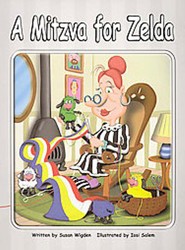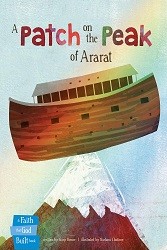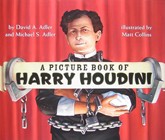Ghost stories abound in literature but we don’t see them much in Jewish children’s literature. This novel contains a fascinating combination of Cabalistic and Jewish mystical elements and components.
Dahlia Sherman is a Jewish city girl. She is socially awkward, feels out of place, and has a hard time communicating with other girls her age. Most of the time she wishes she were somewhere else. She is an amateur magician and Harry Houdini is her personal hero and this, along with her love of math, makes Dahlia wish she could go to magic camp or math camp instead of the Hebrew camp her parents require her to attend. She doesn’t get along with her peers and makes no effort to change that dynamic. She starts seeing things in camp that look, to her magician’s eye, like amazing magical feats. As time passes, they become more bizarre and she begins to understand that supernatural forces are at play.
She begins to experience dreams, which are clearly of the nature of gilgul neshamot (spiritual possession). The spirit that seems to be possessing Dahlia is that of a young Jewish man who stayed in the area seventy-two years before the camp was there. The number 72, four-times Chai (18), is a magical Jewish number and an opening to some evil spiritual occurrence which seems to repeat itself periodically. As a fan of the number world, Dahlia begins to put the magic and the numbers together leading to spooky, frightening, supernatural incidents and communication with the dead, none of which she is prepared to pursue, yet she finds herself in the center of the action, nonetheless. This book is a fabulous page-turner! The writing is excellent and the characters are presented in depth. The camp setting is familiar and unthreatening to many Jewish kids, making this story of supernatural, menacing events stand out in shocking relief. The incorporation of Jewish elements, both historical and Cabalistic, are skillfully handled. The surprising twist at the end and the suspense throughout make this an exciting read.
Some of the translation, transliteration, and pronunciation of Hebrew words and Calablistic terms are problematic and will present a distraction for readers of this book who under- stand Hebrew. Otherwise, this is a great work of fiction, for young adults and adults alike, especially those who enjoy a spooky plot.
The book is heartily recommended for ages 10 and up.




